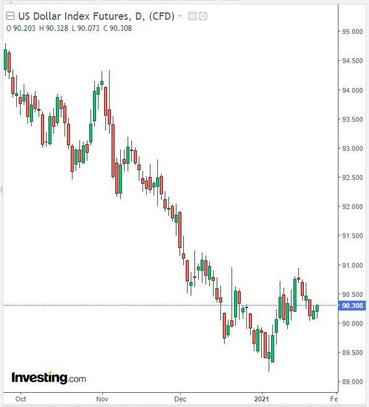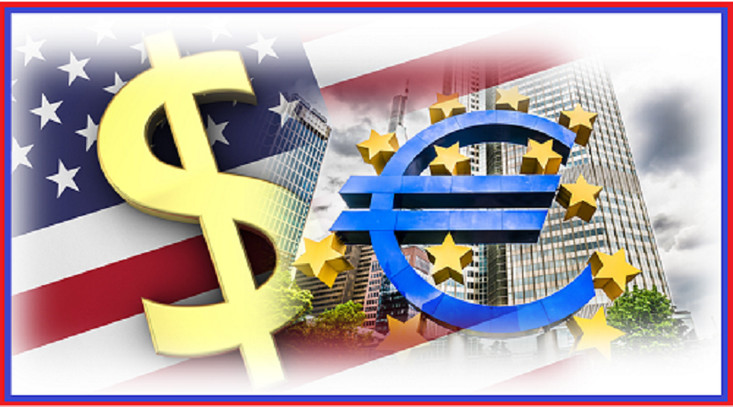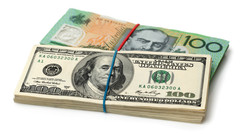As reported at the beginning of today's European session in the research group CESifo, the business climate in Germany worsened in January, and the Ifo index of business sentiment in Germany in January amounted to 90.1 points (against the December value of 92.2 and the forecast of 91.8). "The second wave of coronavirus temporarily interrupted the recovery of the German economy", noted in the Ifo.
German companies became more pessimistic about their prospects for the coming months, and the index of economic expectations fell to 91.1 points from 93.0 in December.
In addition, in addition to delays in vaccinations in Europe, new strains of coronavirus are causing concern. Germany has already extended tough quarantine restrictions until mid-February.
The euro reacted with weakening to the publication of weak data on the state of the business climate in Germany, including in the EUR / USD, which dropped 30 points within an hour, to 1.2141, testing short-term support levels 1.2151, 1.2142 (see “Technical Analysis and Trading Recommendations").
Also, one cannot discount the higher rates of recovery of the American economy compared to the European one. IHS Markit's January provisional purchasing managers' index (PMI) for the Eurozone services, released last week, also highlights the difference in the service sector recovery in Europe and the US.
In January and early 2021, the PMI for the Eurozone services sector remained in the area of recession (45 versus 46.6 in December), signaling a renewed recession in the region, while the similar index for the United States showed growth, despite the growing indicators for Covid-19. Index values above 50 indicate an increase in activity, and vice versa, below 50 - about its decline.
At the same time, the dollar strengthened at the start of today's European session, while the DXY dollar index added 10 pips to today's opening price, climbing to 90.30 mark.

Meanwhile, despite the fact that the DXY dollar index has been growing since the beginning of this year and month, supported by the growth of yields on US government bonds, it is too early to bet on its further and more stable strengthening, many economists believe.
The focus of traders this week is the Fed meeting. Its decision on the interest rate will be published on Wednesday at 19:00 (GMT). If the regulator decides on new stimulus measures for the American economy, stock markets will receive a new impetus to growth, and the dollar - to decline.
Economists believe that the Fed is unlikely to begin to slow down the rate of purchases of stock market assets (as part of quantitative easing) earlier than next year. In addition, the process of curtailing quantitative easing itself will most likely be gradual and may last until the end of 2022, after which in 2023 one can expect the first signals and steps from the Fed towards raising interest rates.
And yet investors will be closely watching the comments of the Fed representatives regarding the timing of the likely reduction of the bond purchase program. Their yields could rise, and the dollar strengthened if the Fed decides to cut the program earlier than financial market participants anticipate.
In general, the negative dynamics of the dollar remains, which will support the EUR / USD pair. After the end of the downward correction, most likely, its growth will resume.
And today, market participants will pay attention to the speech (at 16:15 GMT) of the head of the ECB Christine Lagarde in the discussions at the World Economic Forum in Davos. Her unexpected statements may cause an increase in volatility in the quotes of the euro and the EUR / USD pair, respectively.





